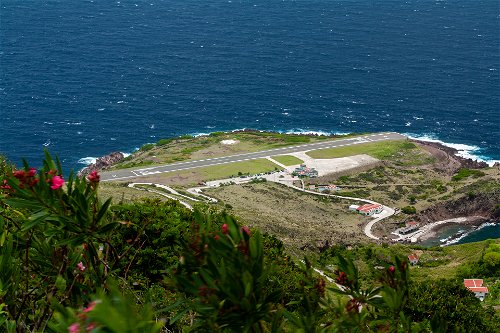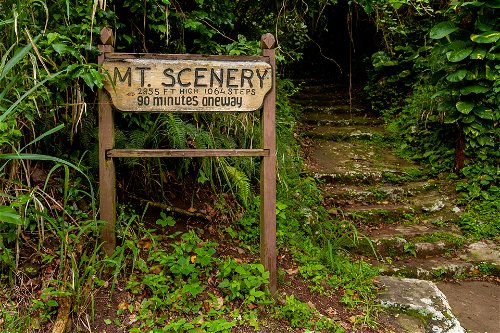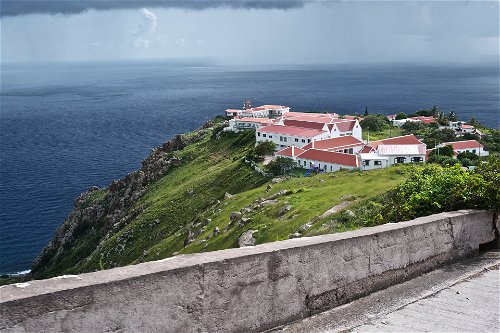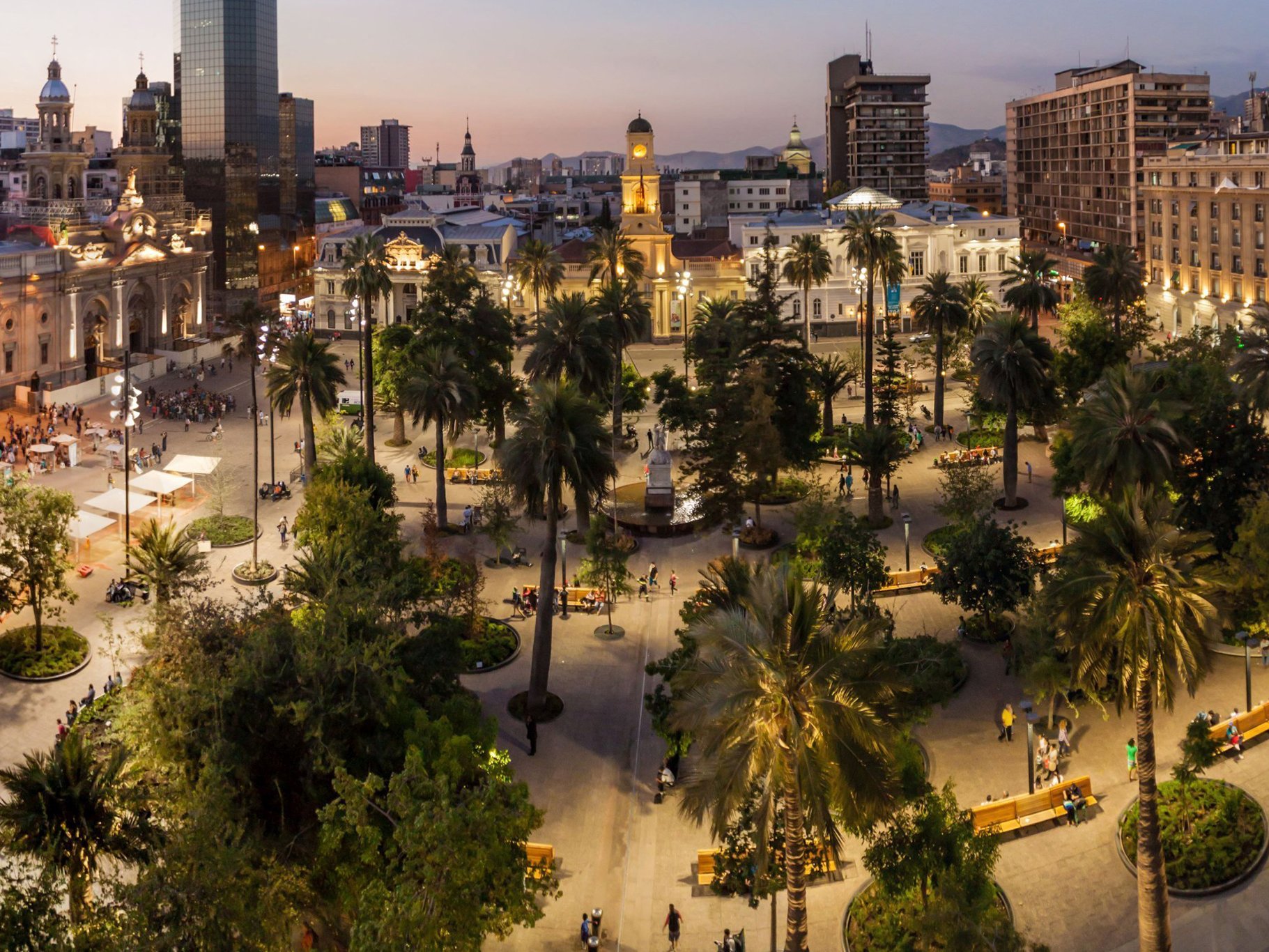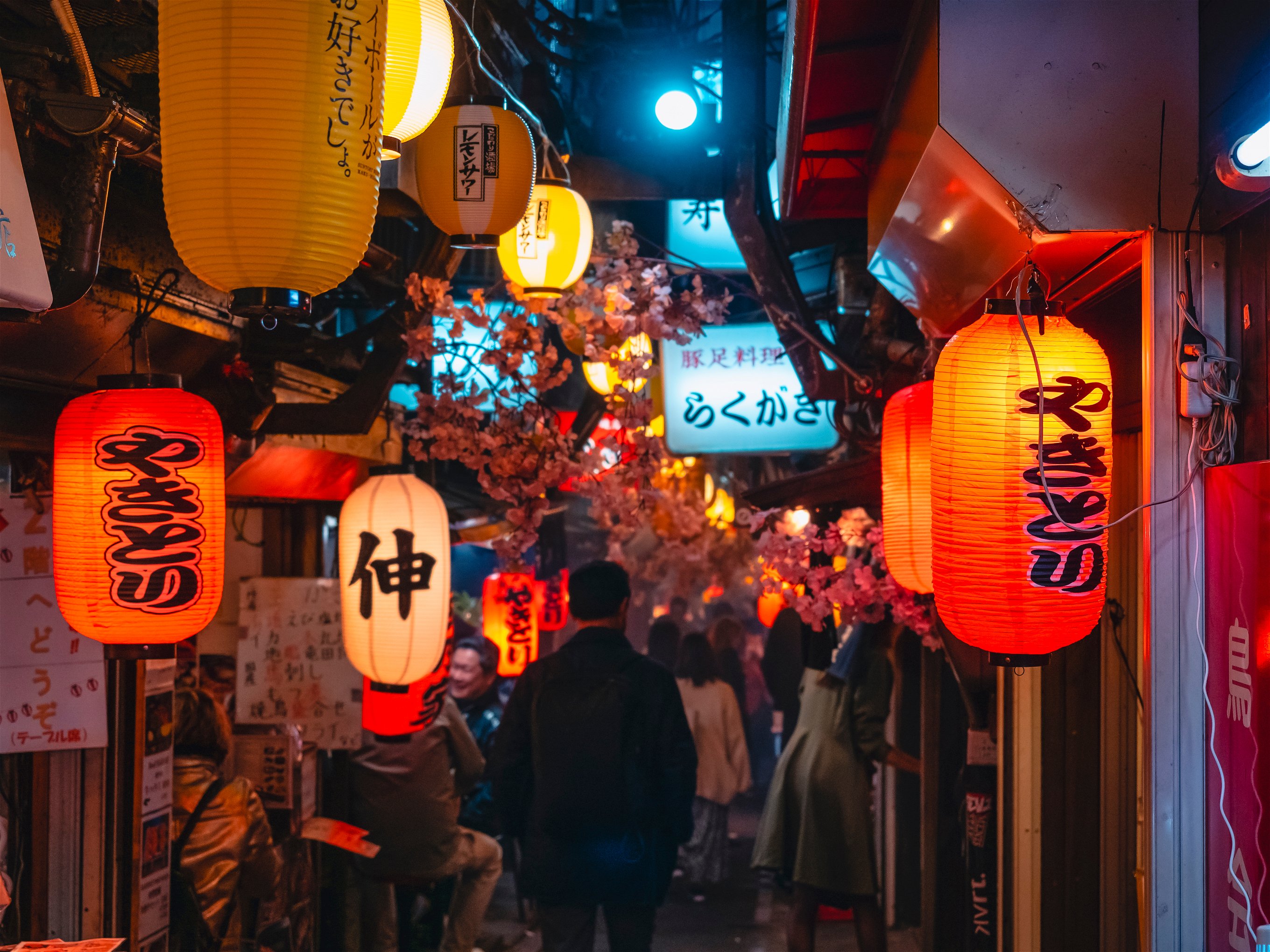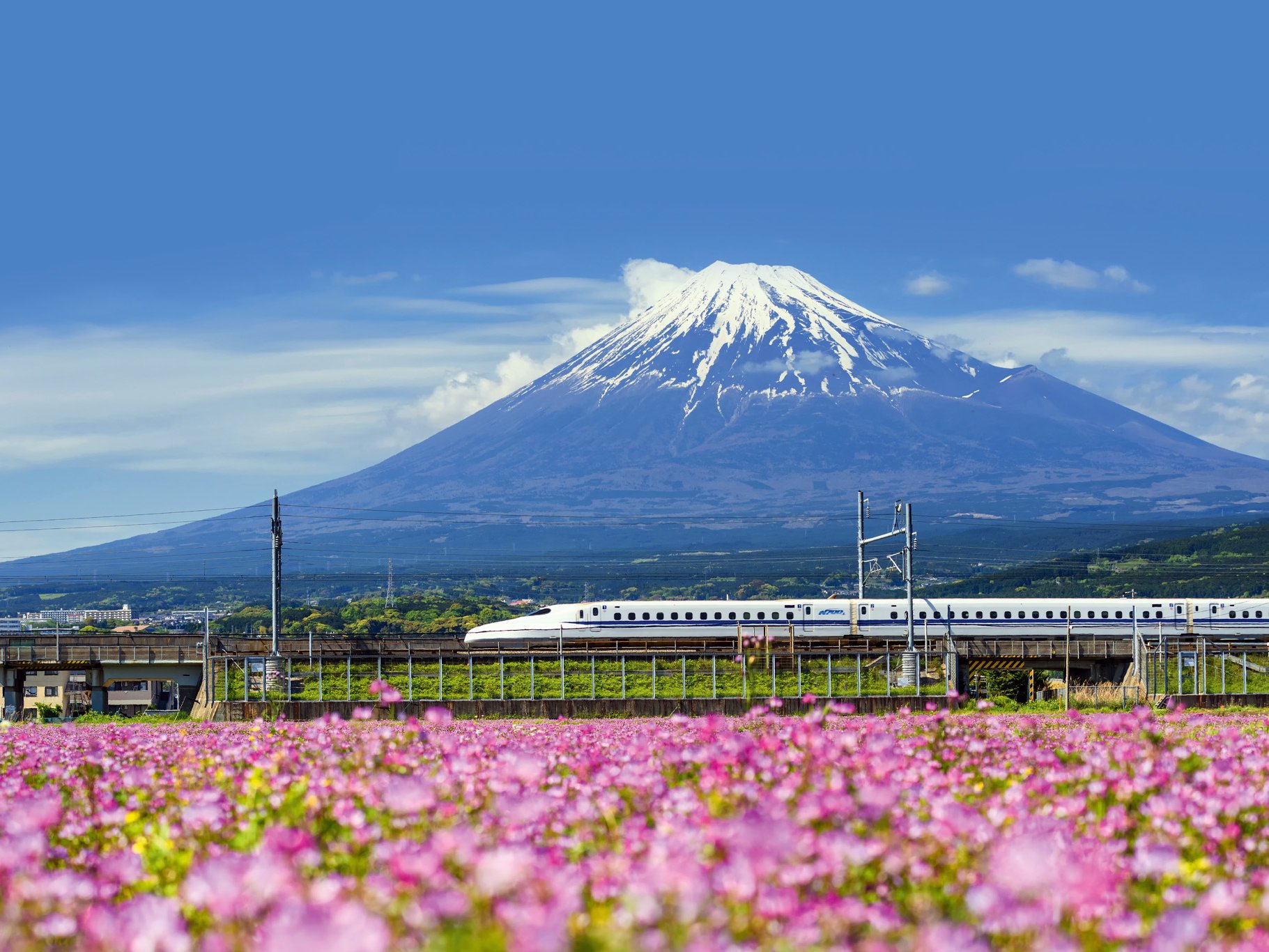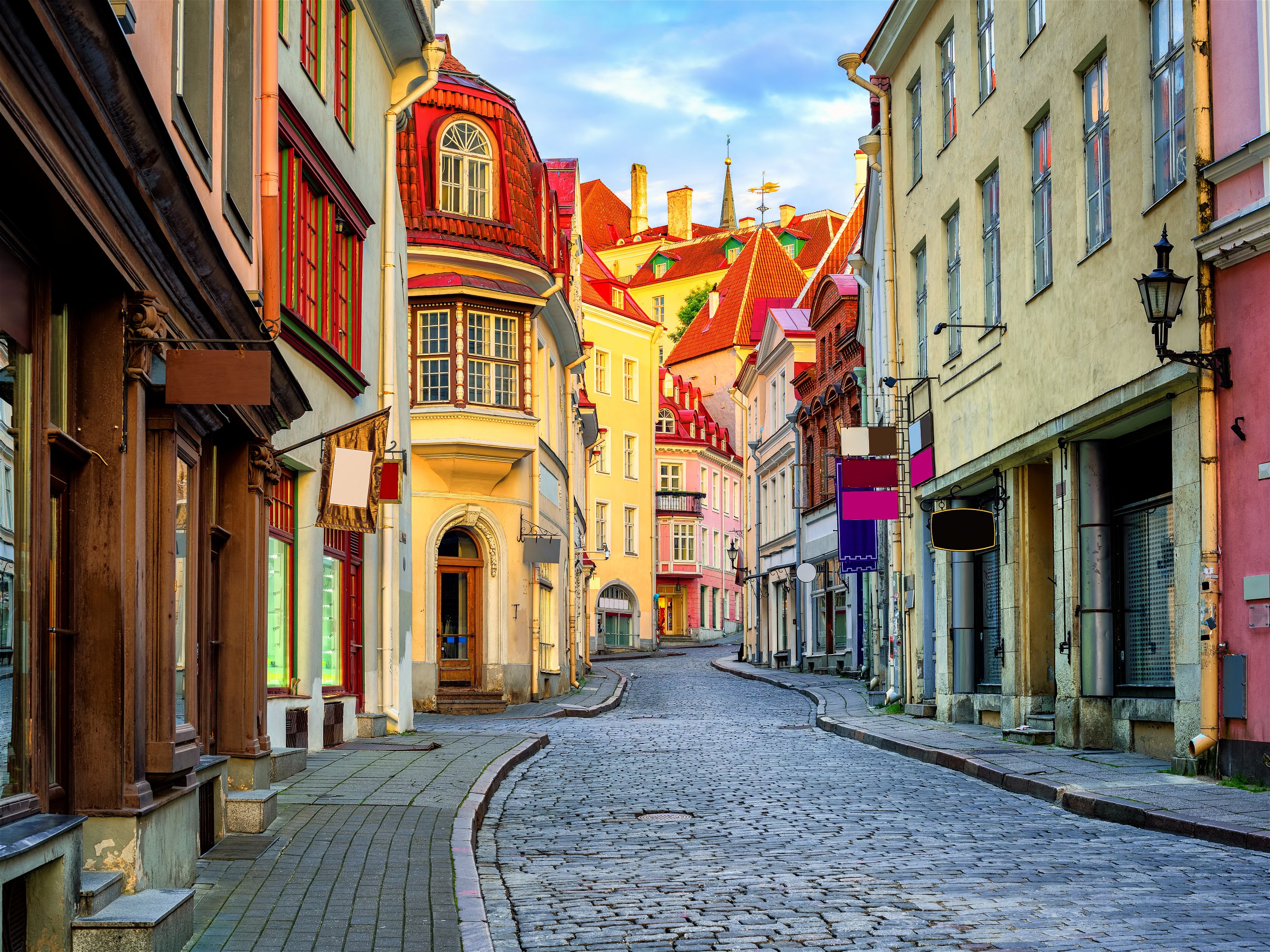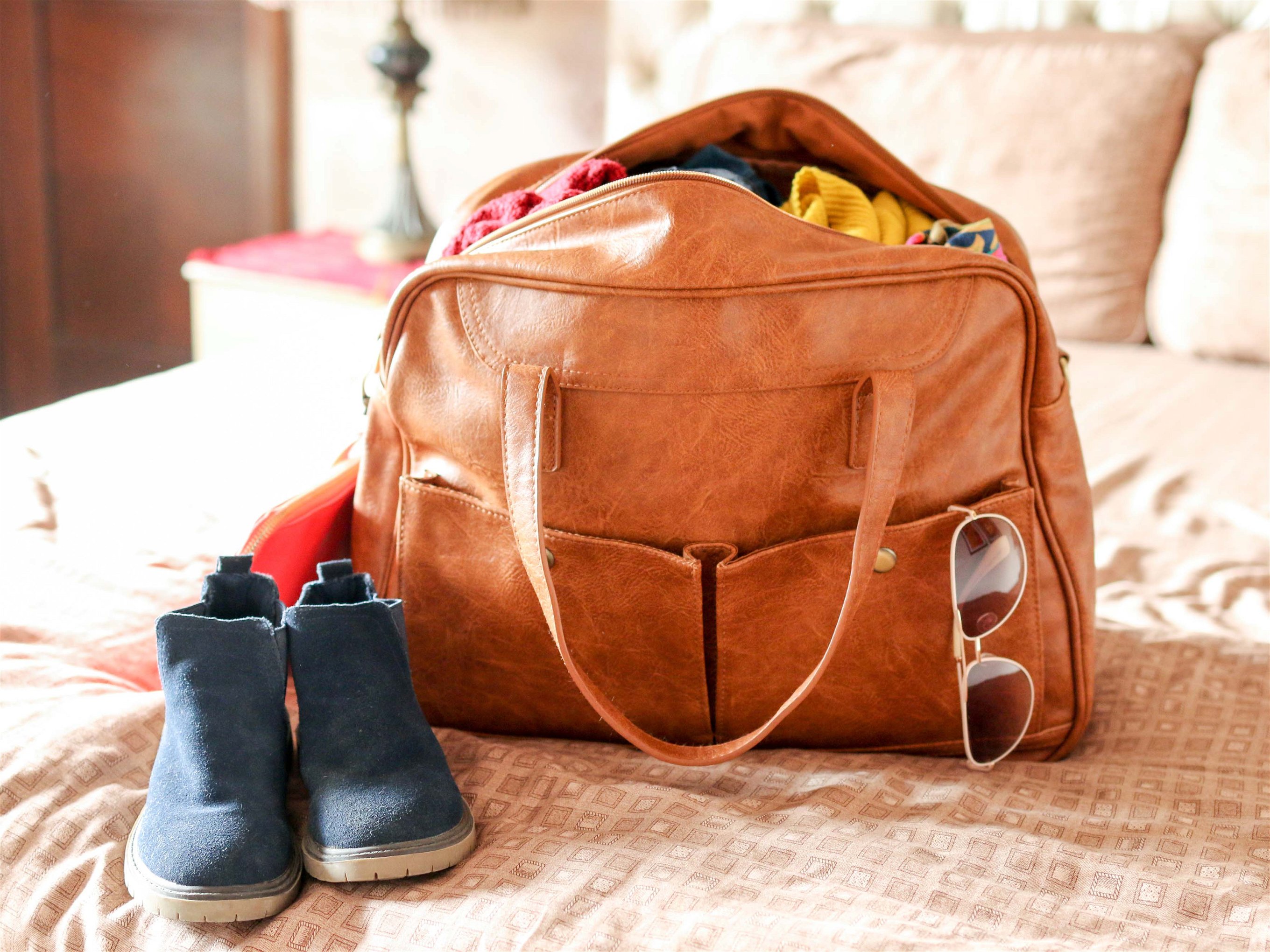A remote paradise in the Tropics: Discover Saba
The island is called the “unspoiled Queen of the Caribbean”. Katherine Parker-Magyar explains why this is true.
There are increasingly few untouched places left to be discovered on the planet – and it may surprise avid travellers to learn that one of those magically remote places is located a mere 26 miles south of Sint Maarten. The island of Saba is the most gorgeous Caribbean spot that travellers have never heard of, and it’s this inaccessibility that keeps its pristine wilderness and laid-back island lifestyle intact.
Saba is unique in the West Indies as a destination that’s not tailor-made for sun-lovers eager to loll the afternoon away at their all-inclusive resort – there are no all-inclusive properties, and no beaches on the island. The jagged, mountainous spot is heaven for explorers and culturally curious travellers – though only five-square miles, Saba provides an array of nature and adventure opportunities for the active visitor, including world-class scuba diving and endless hiking trails.
Saba won’t stay under the radar forever, so now is the perfect time to visit this unforgettable emerald isle in the Caribbean Sea. Read on for your travel guide to exploring the island of Saba.
Travel options & best holiday seasons
Saba is the smallest island in the Dutch Caribbean, with less than 2,000 inhabitants, and is famously remote – the best way to access the island is via nearby Sint Maarten, either by 90-minute ferry or 12-minute Winair flight. Saba is home to the world’s shortest commercial runway, making for a truly unforgettable landing. Nervous fliers should order some liquid courage beforehand at Princess Juliana International Airport, where we recommend a Gin n Ting or Painkiller, both local favourites.
Other options include a chartered helicopter from St. Barts (on the pricier side), or a high-speed ferry from St. Eustasias, also known as Statia. This portion of the north eastern Caribbean Sea is unique for having an array of islands within easy distance from one another, and travellers would be remiss not to add another island to their itinerary, particularly when nautical travel is so easy (and scenic) in this part of the world.
As for when to visit, the climate in Saba is quite different from other islands in the Caribbean, as it is relatively cool year-round – the average temperature is 80F and fluctuates very little, even in the summer months. Saba contains five microclimates: desert, dry forest, semi-tropical, rainforest, and cloud forest. The rainy season stretches from May to October, with the highest chance of hurricanes in August and September, so cautious travellers would be wise to avoid booking their trips for late summer.
Nature, culture & adventure activities
Explore the historic town of Windwardside
A wonderful upside to visiting a tiny island is that the local villages are quite walkable, and you’re likely to encounter a familiar face after spending less than 48 hours exploring. The top neighbourhoods to visit include The Bottom and Windwardside, the latter boasting an array of small boutiques selling hand-crafted goods and open-air cafes perfect for an afternoon smoothie or rum punch. Visit the Harry L. Johnson Museum to learn the history of Saba. You can take a walking tour to discover more about Saba and stop by Jobean Glass Art for a memorable souvenir and the opportunity to learn a new skill.
Enjoy the best scuba diving in the Caribbean
For a small island, Saba packs big adventure and the first order of business for travellers is to set out to sea – either by sailing above the water or (preferably) diving below. The ocean off Saba is quite deep, reaching depths of 1,000 feet a mere half-mile offshore. As a result, the water around Saba isn’t the traditional turquoise of the West Indies but rather a deep azure blue reminiscent of the southern Pacific.
The steepness of the green cliffs towering above the sea is mirrored in the water below – especially in Saba Bank, an underwater mountain that is the largest sub-marine atoll in the Atlantic Ocean. It is also home to a marvellous diversity of marine life, earning the distinction as one of Mission Blue’s hope spots – special places in the world that are critical to the health of the ocean, or ‘Earth’s blue heart’. A Coral Nursery was established in 2015 and is just one of many efforts to preserve Saba’s ocean, while the island hosts an annual Sea & Learn summit in October, when the island plays host to scientists, naturalists and academics who specialise in marine life.
Unsurprisingly, Saba is renowned as one of the best scuba diving destinations in the Caribbean, and a dive with Sea Saba is mandatory for all aquatic aficionados. Sign up for a morning dive for the best chance to spot wildlife – nurse sharks, hawksbill sea turtles, and tropical fish abound amongst the island’s soft corals. If you’re lucky, you may even spot a tiger shark as well. For visitors less comfortable with exploring the depths of the ocean, the Sea & Learn Foundation also offers a walking tour featuring storyboards on electrical boxes around the island, commemorating Saba’s history and natural heritage.
Hike the island´s volcanic peaks
The emerald cliffs of Saba rise dramatically from the surrounding sea, the result of an underwater volcano in the late Pleistocene era. Today, Saba's volcanic peaks offer some of the greatest hiking in the Caribbean. (And don't worry — the last eruption on the island was in 1640, and it's classified as dormant today). Head to Mount Scenery National Park, a protected area that is part of the Saba Conservation Foundation, to explore a variety of trails offered on the mountain. Sign up for a guided hike on one of the island’s 23 hiking trails with James Johnson, also known as Crocodile James, for an afternoon adventure. James is a perfect ambassador for the island, with a deep history in Saba: “I’m 8th generation Saban, descended from pirates – not Pirates of the Caribbean. We settled on the west side of the island and have survived here for over 300 years.”
There are over 700 different plants and trees in Saba – more plant species than any other part of the Caribbean for its size. The breathtaking views and richness of flora and fauna have made Saba extremely popular with hikers around the globe (those that are in the know, of course). “Someday, there will be more hikers here than divers, Saba will become a world-class travel destination,” added James. A Sea to Scenery triathlon takes participants from the coast up to Mount Scenery, the highest point in the Dutch kingdom. The 6K course spans over 900metres of elevation gain and is held annually by Sea Saba on Saba Day (July 7th). For visitors not looking to exert quite so much effort, Crispeen Trail and Mas’Cohones are short, relatively easy trails for travellers of all abilities to traverse and experience the breathtaking views of Saba from above.
The best local eateries & watering holes
Start your day with a pastry and fresh lime juice at Bizzy B Bakery, and be sure to order the iced cappuccino – the concoction is more reminiscent of a chocolate milkshake than a traditional coffee beverage. Stop by the farm-to-table Tropics Café for a midday meal, and enjoy a fresh lobster roll, caught just offshore in Saba Bank. Head to The Bottom for another lunchtime option at Island Flavor, where freshly blended fruit juices perfectly accompany the traditional Caribbean cuisine on the menu.
When the sun goes down, venture on a short hike through the rainforest for dinner al fresco beneath the stars and the string lights overhead at Rendezvous at EcoLodge. You’ll also hear the sound of the forest – the frogs and the crickets especially – while dining on the deck of Chez Bubba, where the menu of this gourmet Windwardside establishment changes constantly to reflect the freshest ingredients on the island. Finally, head to Brigadoon for a Caribbean spin on Mediterranean and French cuisine in the cosy environs of an old Saban home-turned-restaurant.
As for cocktails, head to the Tipsy Goat for poolside mojitos at sunset, and if you’re ahead of schedule with the day’s activities, happy hour begins daily at 4pm. Long Haul in the heart of Windwardside is a popular haunt for locals and visitors alike, especially on Saturday night for the weekly karaoke; the pina coladas are spectacular and just the trick to embolden nervous newcomers who might otherwise be hesitant to step up to the mic.
Where to stay
There are less than 150 hotel rooms on Saba, and there are no large all-inclusive properties or massive international chains – each offering is boutique. We recommend booking a shingled abode at The Cottage Club Hotel, which is centrally located in Windwardside and offers gorgeous views of the peak of Mount Scenery. Another option, Queen's Hotel, is a quaint and charming establishment in The Bottom, and if you’re really looking to make yourself at home, villa rentals are available on the island with varying levels of service: from drivers to private chefs and beyond.
Regardless of where you stay, your trip is sure to be a success, with part of Saba’s magic its remoteness – how much the island remains untouched is largely unknown. It’s rare to feel you’ve discovered someplace entirely new and unexpected, but on the island of Saba, every visitor is an explorer, an adventurer. Getting to Saba is the hardest part but once you arrive, you’re on island time.


